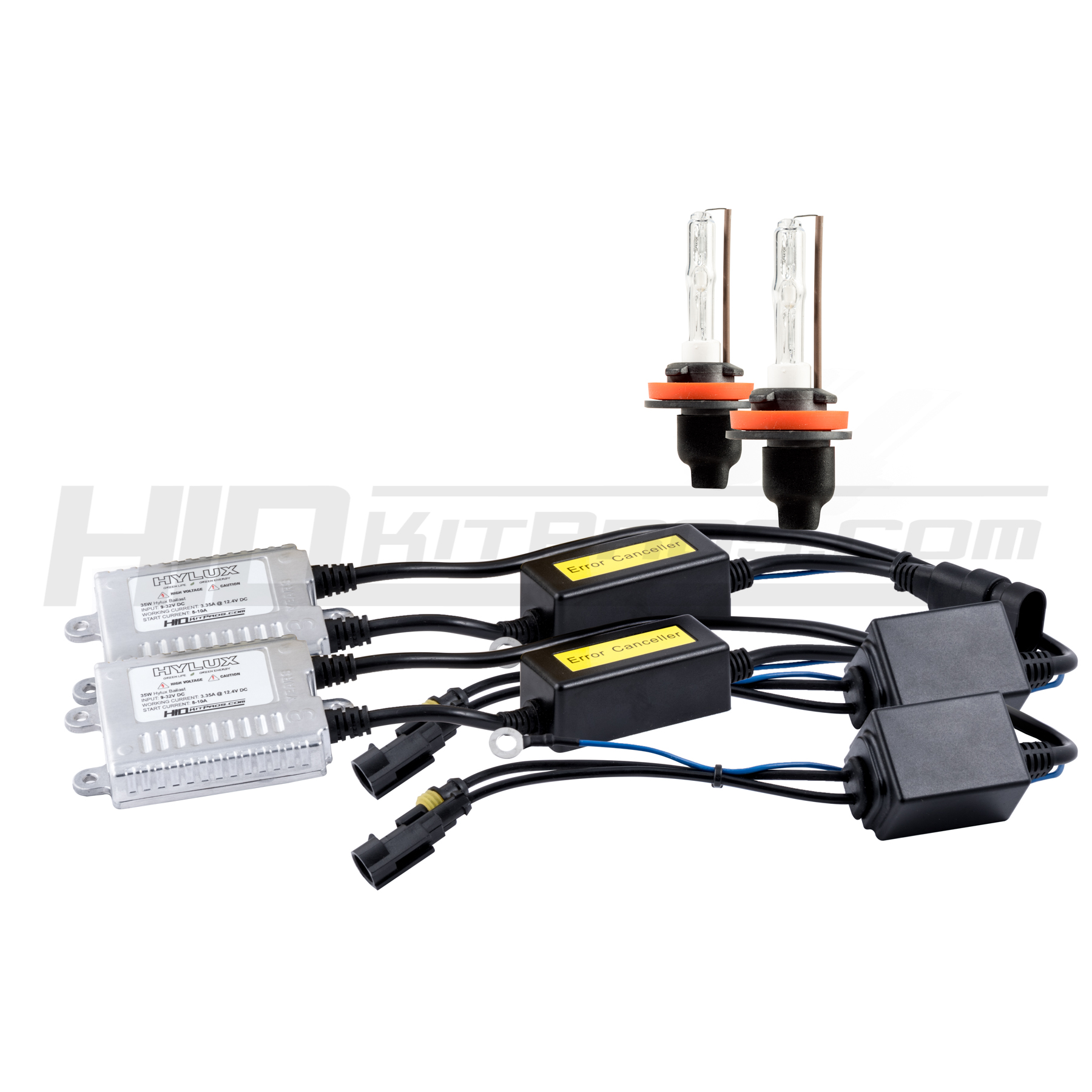A few months ago @Mark_ found what appeared to be a lower priced option than the now-$140 OBDLink MX+ on Amazon called the vLinker MC+ (yup, no copyright infringement there  )
)
In browsing a RAM forum, there's mention of a guy who uses AlfaOBD (and JScan) using the vLinker MC+ dongle and it all works great. The MC+ advertises support for both the High Speed CAN & Medium Speed (MS) CAN networks which the Cherokee uses so it looks promising.
So many times I've almost lost my MX+ to leaving in plugged into someone's car whether helping a friend check out a used car or if someone asks me to pull their codes etc. so I'd like to have a spare.
I noticed today that vGate is actually selling the MC+ "old shell" style on their website for $37 so I took the plunge. There's no tax and they have a $4 coupon code. Old shell Vgate vLinker MC+ (Only sales In North America)
After I get it, I'll run it through its paces in AlfaOBD, expecially on a proxialign, and post back here.
ps: vLinker MC+ supports Android/iOS/Windows. They have a cheaper version, the MC, that drops iOS support and is $10 less. Even though I'm an Android user, for just $10, I'd rather have support for all platforms.
-----------------------------------------------------
![Image]()
-----------------------------------------------------
"Old Shell" style MC+ on the vLINK website. $4 discount on their website's coupon page. Also, there's no tax.
![Image]()
![Image]()
--------------------------------------------------------
At AMAZON, $53 + tax (new shell style)
![Image]()
In browsing a RAM forum, there's mention of a guy who uses AlfaOBD (and JScan) using the vLinker MC+ dongle and it all works great. The MC+ advertises support for both the High Speed CAN & Medium Speed (MS) CAN networks which the Cherokee uses so it looks promising.
So many times I've almost lost my MX+ to leaving in plugged into someone's car whether helping a friend check out a used car or if someone asks me to pull their codes etc. so I'd like to have a spare.
I noticed today that vGate is actually selling the MC+ "old shell" style on their website for $37 so I took the plunge. There's no tax and they have a $4 coupon code. Old shell Vgate vLinker MC+ (Only sales In North America)
After I get it, I'll run it through its paces in AlfaOBD, expecially on a proxialign, and post back here.
ps: vLinker MC+ supports Android/iOS/Windows. They have a cheaper version, the MC, that drops iOS support and is $10 less. Even though I'm an Android user, for just $10, I'd rather have support for all platforms.
-----------------------------------------------------
-----------------------------------------------------
"Old Shell" style MC+ on the vLINK website. $4 discount on their website's coupon page. Also, there's no tax.
--------------------------------------------------------
At AMAZON, $53 + tax (new shell style)





